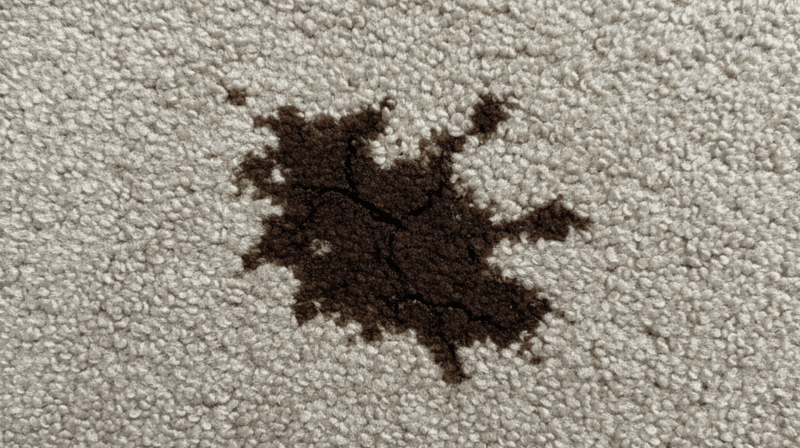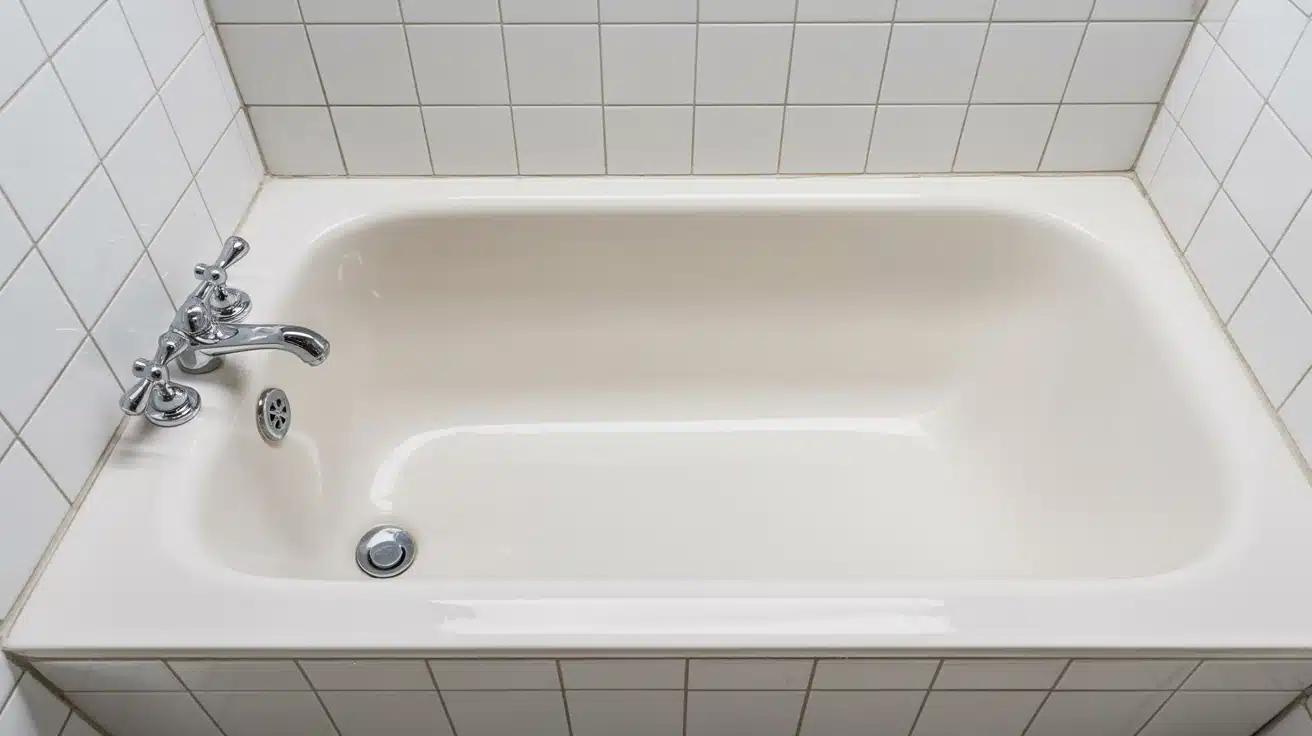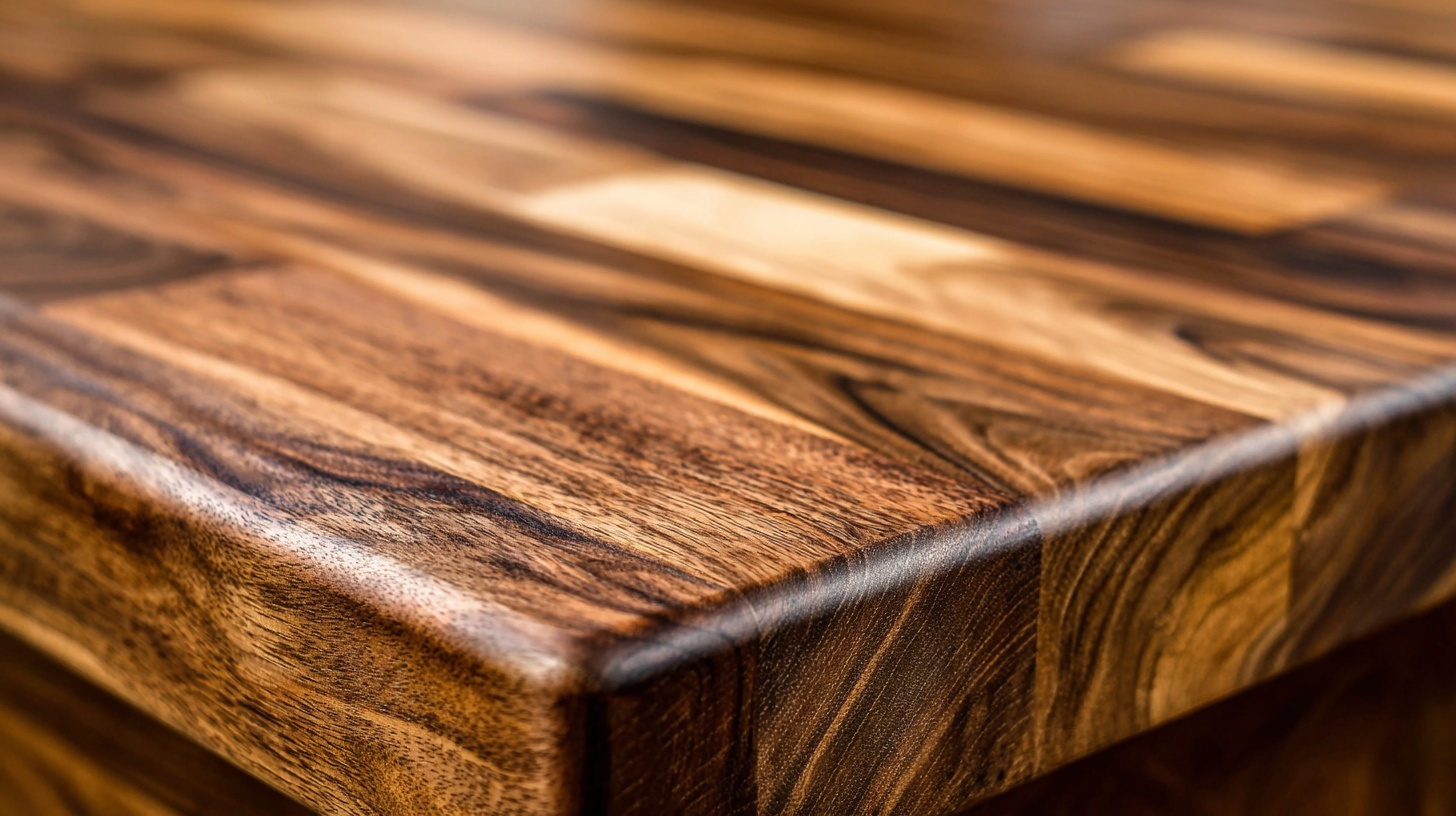Carpets trap dirt, spills, and stains fast. Not everyone owns a carpet cleaning machine, and renting one costs money.
Plus, it’s bulky and time-consuming to use. But you don’t need a machine to get carpets clean.
Simple household items and a bit of effort can restore carpets to their former glory.
This blog shows how to clean a carpet without a machine effectively. You will learn about natural cleaning solutions, stain removal tricks, and maintenance tips that work.
Cleaning Salt and Borax for Grease Carpet Stains Without the Machine

Grease stains are tough because oil molecules bond tightly to carpet fibers. Salt and borax work together to effectively absorb and break down greasy residues.
This method is beneficial for kitchen carpets or food spill areas.
1. Act Quickly on Fresh Grease
Blot up as much grease as possible using paper towels immediately after the spill happens.
Press down firmly to absorb the oil without spreading it to the surrounding areas.
Quick action prevents the grease from setting deep into carpet fibers. The faster you respond, the easier the stain comes out.
2. Cover Stain with Salt
Pour regular table salt generously over the entire grease stain until it’s completely covered.
Salt acts like a sponge and pulls oil out of the carpet fibers.
Let the salt sit for at least two hours or overnight for older stains. The salt will darken as it absorbs the grease from below.
3. Vacuum Up the Salt
Use a vacuum cleaner to remove all the salt from the carpet after it has absorbed the grease.
Make several passes to ensure you get every grain out of the fibers.
Check if the stain has lightened significantly after this first treatment. Repeat the salt application if some grease remains visible.
4. Apply Borax Paste
Mix borax powder with a small amount of water to create a thick paste consistency.
Spread this paste over any remaining grease stain and let it dry completely. Borax breaks down oil molecules and lifts them from carpet fibers as it dries.
This process usually takes about three to four hours.
5. Brush and Vacuum Again
Once the borax paste is completely dry, use a stiff brush to break it up. Brush in different directions to loosen all the dried powder from the carpet.
Vacuum thoroughly to remove all borax residue and the grease it has captured.
The stain should be gone or significantly lighter now.
NOTE: Scrubbing or rubbing vigorously pushes stains deeper into carpet fibers and can damage the texture, so always scrub with light hands.
Spot Cleaning for Carpet with Dish Soap
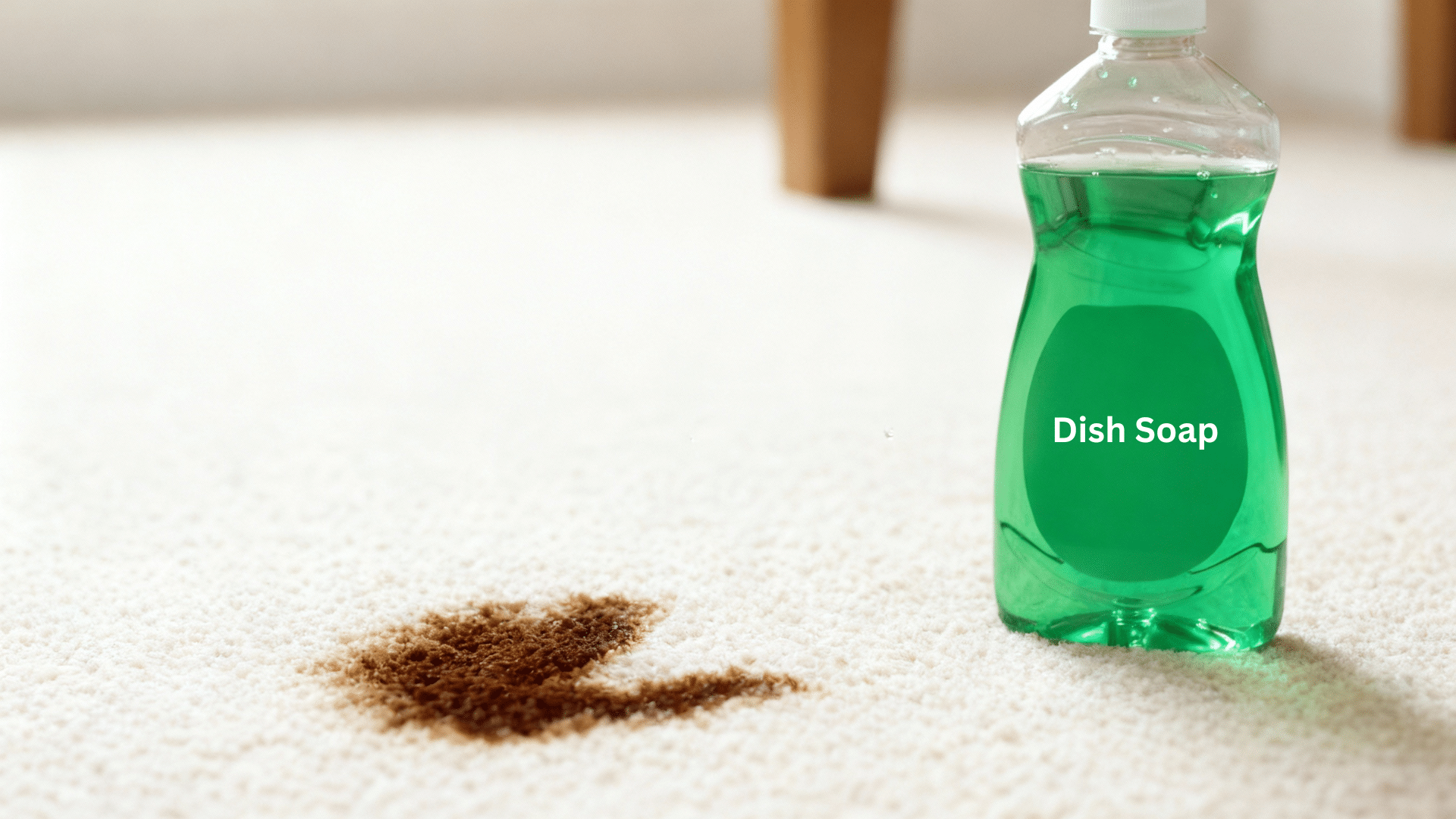
This method is gentle enough for regular use and tough enough for most common spills. It’s the go-to solution for everyday carpet mishaps.
1. Choose the Right Dish Soap
Use clear or light-colored dish soap without added dyes or heavy fragrances for carpet cleaning.
A mild, grease-cutting formula works best for most carpet stain types. Check that the soap doesn’t contain bleach or harsh additives.
2. Create a Soapy Solution
Fill a bowl with two cups of warm water and add just one teaspoon of dish soap. Stir gently to mix without creating too many bubbles or foam.
Too much soap makes rinsing difficult and leaves sticky residue that attracts more dirt.
The solution should feel slightly slippery between your fingers.
3. Dab Solution on Stain
Dip a clean white cloth into the soapy water and wring it out well. Dab the damp cloth onto the stain, working from the outside edges toward the center.
This prevents the stain from spreading to clean carpet areas around it.
NOTE: Avoid rubbing or scrubbing at this stage to prevent damage.
4. Blot with Clean Water
Rinse another clean cloth in plain water and wring it out until just damp. Blot the soapy area to remove the dish soap and lift dirt from the carpet.
Repeat this rinsing step several times to ensure no soap residue remains behind.
Soap residue attracts dirt and makes carpets look dirty faster.
5. Press with Dry Towels
Place several dry towels over the cleaned area and press down firmly with your hands.
Walk on the towels or place heavy books on them to absorb remaining moisture.
Leave the towels in place for at least 30 minutes before removing them. The carpet should feel only slightly damp after this step.
Manual Scrubbing Method for Cleaning Carpet

Sometimes stains need physical agitation to come out completely from deep within carpet fibers.
This hands-on approach gives you control over the cleaning intensity.
1. Select the Right Brush
Choose a brush with medium-stiff bristles that won’t damage your carpet fibers but can still scrub effectively.
A scrub brush, an old toothbrush for small areas, or a nail brush works well.
Test the brush on a hidden spot to ensure it doesn’t pull or damage fibers. Softer brushes work better on delicate carpet types.
2. Apply Cleaning Solution First
Spray or dab your chosen cleaning solution onto the stained area before you start scrubbing. Let the solution sit for five minutes to soften and loosen the dirt.
This pre-treatment makes scrubbing more effective and requires less physical effort.
Don’t let the solution dry out before you begin scrubbing.
3. Scrub in Circular Motions
Work the brush in small circular motions across the stained area using moderate pressure. Start at the outer edges and work your way toward the stain’s center.
This technique prevents spreading the stain to clean areas while lifting dirt.
Keep your movements consistent and avoid scrubbing too aggressively to protect fibers.
4. Rinse and Repeat if Needed
Blot up the dirty cleaning solution with a clean cloth after scrubbing the area thoroughly.
Check if the stain has lifted completely or if it needs another treatment. Apply more cleaning solution and scrub again for stubborn stains that remain visible.
Sometimes multiple rounds of scrubbing are necessary for old or set-in stains.
5. Fluff the Carpet Fibers
Once the area is clean, use your fingers or a clean dry brush to fluff up the carpet fibers.
Scrubbing can flatten fibers and make the cleaned spot look different from the surrounding areas.
Gently brush or rake the fibers in different directions until they stand up naturally. This final step helps the cleaned area blend in.
Vinegar and Water Solution for Cleaning Carpet
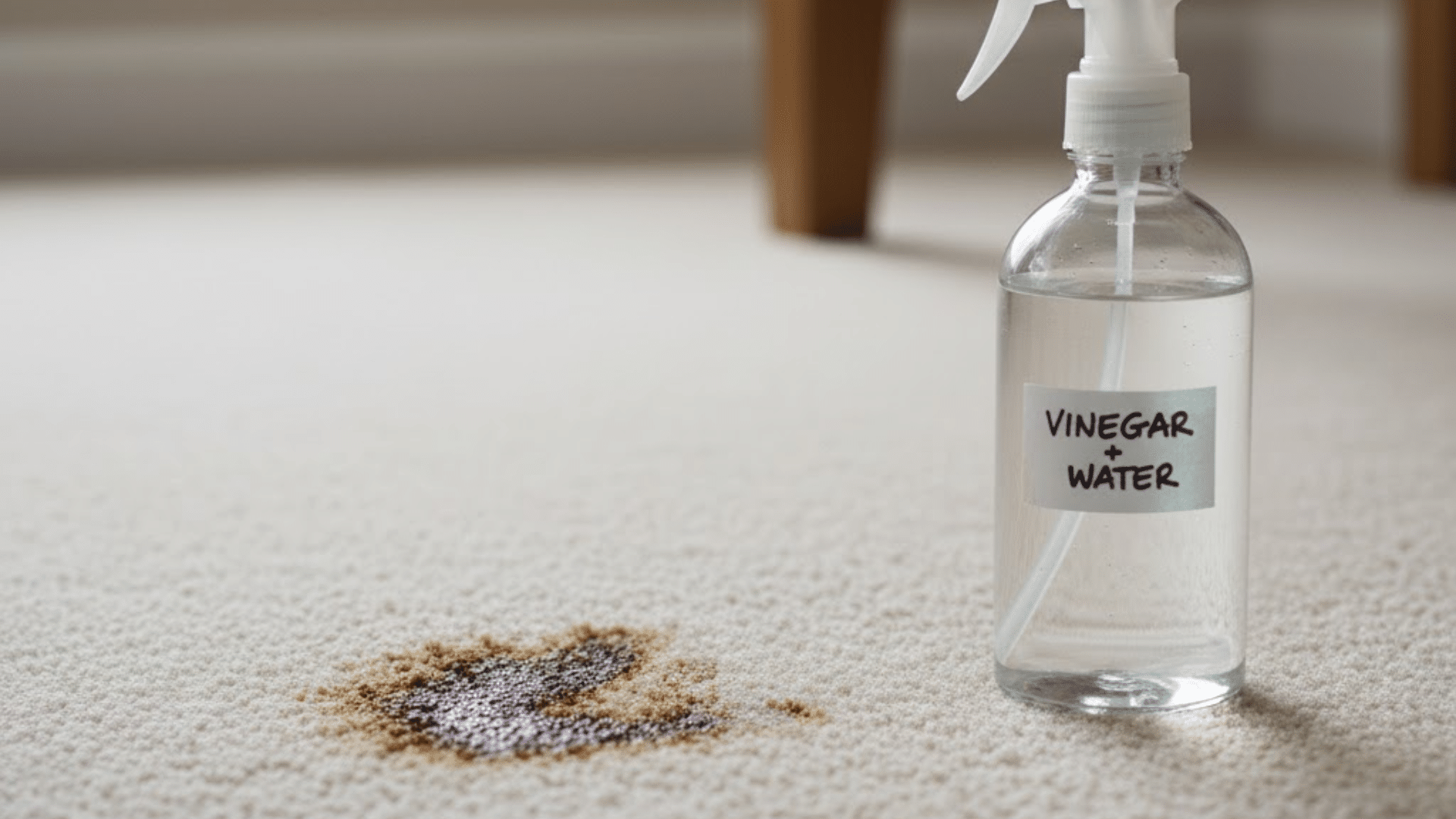
Vinegar is a natural disinfectant and deodorizer that works wonders on carpets without leaving harmful chemical residues. This solution is safe, cheap, and effective for routine carpet maintenance.
1. Mix the Vinegar Solution
Combine equal parts white vinegar and warm water in a spray bottle for general carpet cleaning. For tougher stains, use a stronger mixture with more vinegar than water.
White vinegar works best because it won’t stain or discolor carpet fibers.
Shake the bottle well to mix the ingredients completely before using.
2. Spray the Affected Area
Spray the vinegar solution directly onto the stained or dirty carpet area until it’s damp but not soaking wet.
Work in a well-ventilated space to make the vinegar odor less overwhelming. Apply enough solution to penetrate the carpet fibers where dirt hides.
NOTE: Avoid over-wetting the carpet, it soaks the padding underneath, which leads to mold growth, bad smells, and longer drying times.
3. Let Solution Sit
Allow the vinegar and water mixture to sit on the carpet for 10 to 15 minutes without touching it.
This waiting period lets the vinegar break down stains, kill bacteria, and neutralize bad smells. Don’t let the solution dry completely on the carpet during this time.
4. Blot with Absorbent Cloth
Press a clean, dry cloth firmly into the treated area to absorb the vinegar solution and loosen dirt.
Use a blotting motion rather than rubbing to avoid damaging carpet fibers or spreading stains.
Replace the cloth with a fresh one as it becomes dirty and saturated. Continue blotting until the area feels only slightly damp.
5. Air Dry Completely
Open windows and doors to increase air circulation and help the carpet dry faster naturally. Point a fan at the cleaned area if you need it to dry more quickly.
Walk around the wet area rather than on it until it’s completely dry. Drying usually takes two to four hours, depending on humidity and airflow conditions.
Stepping on freshly cleaned areas grinds dirt back in and creates new stains before the carpet has dried completely
When to Call a Professional for Cleaning Carpets?
Sometimes DIY methods just aren’t enough to handle serious carpet problems.
Professional cleaners have industrial equipment and specialized products that tackle issues home methods can’t fix.
Call experts when dealing with large, stubborn stains that won’t budge after multiple attempts. Mold or mildew growth requires professional treatment to prevent health risks.
Water damage from flooding needs immediate professional extraction to save carpets. Pet urine that has soaked deep into the padding can’t be fully removed without proper equipment.
Annual professional deep cleaning also helps maintain carpet warranty requirements and extends the overall lifespan significantly.
DIY vs Professional Carpet Cleaning
Choosing between DIY and professional carpet cleaning depends on budget, time, and the severity of carpet issues.
Both approaches have their place in carpet care and maintenance.
| Aspect | DIY Carpet Cleaning | Professional Carpet Cleaning |
|---|---|---|
| Cost | Low cost using household items like vinegar, baking soda, and dish soap | Higher cost ranging from $100-$300, depending on room size and service |
| Time Required | Takes 1-3 hours depending on stain severity and carpet size | Usually completed in 2-4 hours with faster drying times |
| Effectiveness | Works well for surface stains and regular maintenance cleaning | Removes deep-seated dirt, allergens, and tough stains from carpet padding |
| Convenience | Can be done anytime at your own pace and schedule | Requires scheduling appointments and being home during service |
| Drying Time | 4-8 hours or longer, depending on ventilation and humidity levels | 2-6 hours with powerful extraction equipment, removing excess moisture |
| Results | Good for light cleaning and spot treatment of small areas | Superior results for heavily soiled carpets and full-room deep cleaning |
Tips to Maintain a Clean Carpet
Regular maintenance prevents dirt buildup and extends carpet life significantly.
- Vacuum weekly or more often: Regular vacuuming removes loose dirt before it gets ground deep into carpet fibers, making deep cleaning easier later.
- Remove shoes at the door: Creating a no-shoes policy keeps outdoor dirt, oil, and bacteria from being tracked across carpets throughout the home.
- Clean spills immediately: Fresh spills are much easier to remove than set-in stains, so grab a cloth and blot right away when accidents happen.
- Deep clean every six months: Schedule thorough carpet cleaning twice a year to remove embedded dirt that regular vacuuming can’t reach from deep fibers.
- Groom high-traffic areas: Use a carpet rake or brush to fluff up flattened fibers in hallways and living spaces to maintain appearance.
Wrapping It Up
Cleaning carpets without a machine is completely doable with the right approach and some patience.
The methods covered here use simple household items that most people already own.
From vinegar solutions to dish soap treatments, each technique offers a practical way to handle different carpet problems. Regular maintenance keeps carpets looking fresh between deep cleans.
Start with the easiest method for your specific stain type. Don’t hesitate to try different approaches if the first one doesn’t work perfectly.


